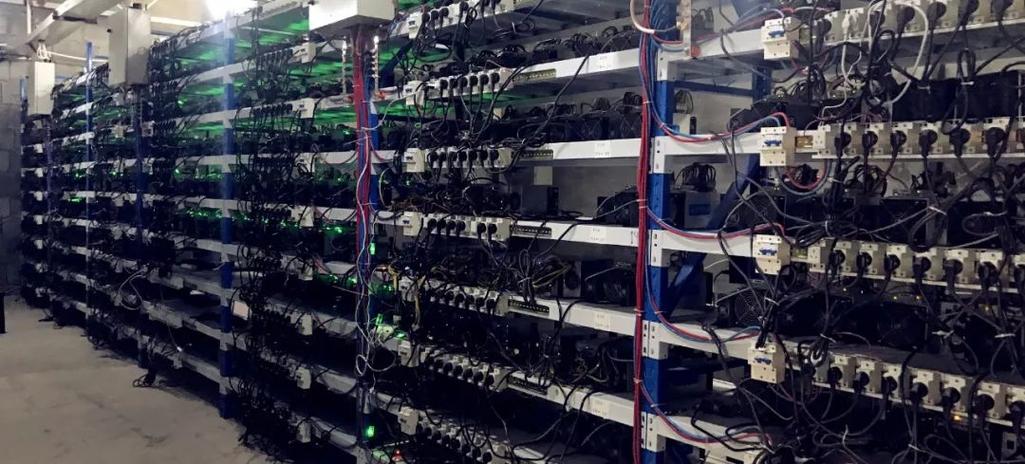The relentless pulse of the cryptocurrency market echoes a siren song to those seeking digital gold. But beyond the speculative allure lies a complex ecosystem, where the whirring of mining machines translates computational power into valuable tokens. At the heart of this operation rests the crucial question: how do we navigate the intricate landscape of cost efficiency when deploying mining machines and opting for hosted mining solutions?
Mining, in its essence, is a resource-intensive endeavor. It demands substantial upfront investment in specialized hardware – the mining rigs themselves. These aren’t your average desktop computers; they’re purpose-built behemoths, optimized for solving complex algorithms that underpin the blockchain. The cost of these machines varies wildly depending on their processing power (hashrate), energy consumption, and the specific cryptocurrency they’re designed to mine. A cutting-edge Bitcoin ASIC miner, for example, can command a hefty price tag, while Ethereum-focused rigs built with GPUs present a different investment profile. Choosing the right mining machine is akin to selecting the right tool for the job – a mismatch can lead to inefficiency and diminished returns.

Beyond the initial capital expenditure, operational expenses loom large. Electricity, the lifeblood of any mining operation, constitutes a significant portion of the ongoing costs. Locations with access to cheap and reliable power are highly sought after, making regions with abundant renewable energy sources particularly attractive. Cooling is another critical factor; these machines generate immense heat, requiring sophisticated cooling systems to prevent overheating and maintain optimal performance. Furthermore, maintenance, repairs, and software updates all contribute to the overall cost equation.
Enter hosted mining solutions, a compelling alternative for those who prefer to outsource the complexities of managing a physical mining operation. In this model, individuals or companies rent space and services from a third-party provider who owns and operates a large-scale mining facility, often referred to as a mining farm. The provider handles the infrastructure, including electricity, cooling, and maintenance, allowing the customer to focus solely on the returns generated by their mining machines. This can be particularly appealing to newcomers who lack the technical expertise or desire to manage the intricate details of a mining operation.
However, hosted mining isn’t without its own set of considerations. Fees are a primary concern; providers typically charge a monthly fee for hosting services, which can eat into profits if not carefully evaluated. Reputable providers offer transparent pricing structures and performance guarantees, but it’s crucial to conduct thorough due diligence to avoid scams or unreliable operators. Furthermore, security is paramount. Entrusting valuable mining machines to a third party requires careful consideration of the provider’s security protocols and reputation.
The profitability of both self-managed and hosted mining operations hinges on several key factors. The difficulty of the cryptocurrency network, which determines the computational power required to mine a block, plays a crucial role. As more miners join the network, the difficulty increases, making it harder to earn rewards. The price of the cryptocurrency being mined is another critical determinant; fluctuations in price can dramatically impact profitability. And, of course, the efficiency of the mining machines themselves – their hashrate per watt of electricity consumed – is a paramount consideration.
Diversification can be a valuable strategy in mitigating risk. Instead of focusing solely on Bitcoin mining, for instance, miners might choose to allocate resources to other cryptocurrencies like Ethereum or Dogecoin, depending on their respective profitability and network conditions. Exploring different mining algorithms and hardware configurations can also enhance diversification. The ever-evolving landscape of cryptocurrency requires adaptability and a willingness to explore new opportunities.

Ultimately, charting cost efficiency in the world of mining machines and hosted mining solutions requires a comprehensive understanding of the underlying economics, technological considerations, and market dynamics. A meticulous analysis of upfront costs, operational expenses, network difficulty, cryptocurrency prices, and provider fees is essential. Whether you choose to build your own mining empire or opt for the convenience of hosted mining, informed decision-making is the key to unlocking the potential for profitable cryptocurrency mining.
Leave a Reply to Shiba Cancel reply